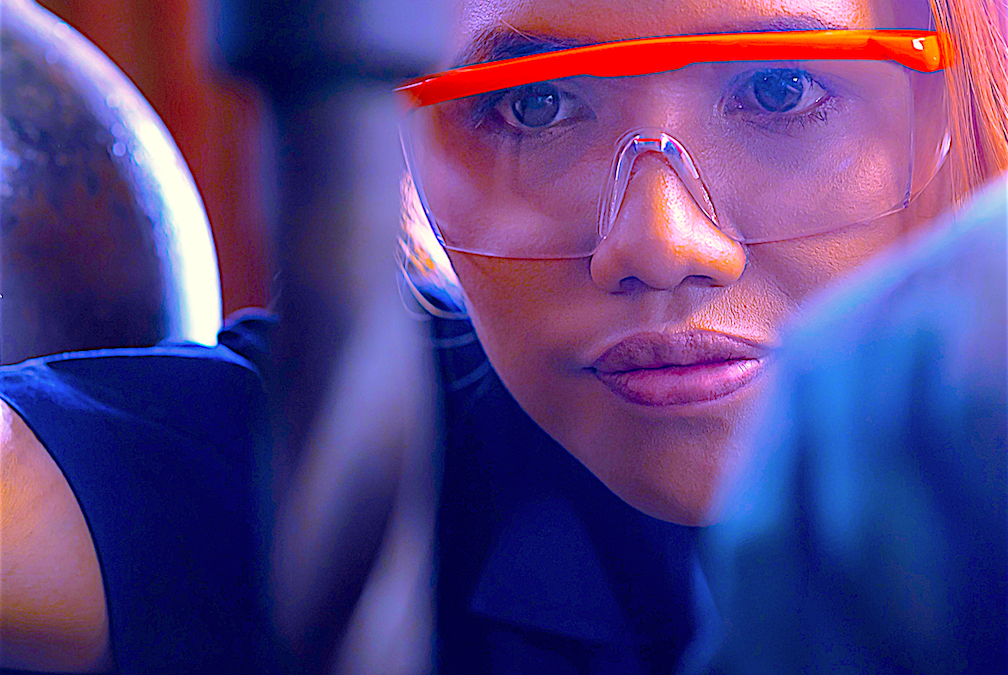Have COVID-19, the global economic downturn, self-quarantine measures, and shelter-in-place directives taken a bite out of your business? Few, if any sectors, have escaped the turmoil. Countless employees and contractors across the industrial landscape have been dealing with furloughs, project slowdowns or elimination, and often-complicated work-from-home arrangements and virtual meetings. While such changes in operating methods have been a huge problem for us over the past few months, an even larger one continues to loom: Attracting and retaining highly skilled employees in some industries won’t necessarily be any easier than it was before the pandemic.
If your business hasn’t already, it may be a good time to start refreshing or reinventing the organization’s image. Doing so could help ensure that your operations are perceived as great places to work.
WHAT DID YOUR OPERATIONS LOOK LIKE PRE-PANDEMIC?
Why do you and your co-workers (or clients) enjoy coming to work? Sure, it’s the money and benefits that may attract people. Still, there must be more, say in the way of enjoyment. In the months and years ahead, many businesses will be competing for skilled workers. And, despite today’s gruesome unemployment numbers, there may not be that many skilled candidates to choose from in your area.
Attracting the right candidates, screening, and selecting those with a “right fit,” and then training and retaining skilled employees seems like a lot of work. But employee turnover is MORE work, with a diminishing return on the investment. A critical factor in attracting and retaining the right people is the work culture, i.e., the individual and collective behaviors of people on the job.
I’ve worked as a consultant with hundreds of companies. While I focused on maintenance and operations reliability, the organizations’ work cultures often were what made improvement efforts succeed or fail.
Many plants and facilities inspired the feeling that they could great places to work. The feeling was shared among many people that I met and coached along the way. In such operations, top management demonstrated great respect for workers, so much so that it was sometimes difficult to distinguish between hourly employees and managers.
Conversely, I’ve also worked at sites where nobody ever doubted “who” was “who” in the pecking order. Lines were clearly drawn between the carpet dwellers and plant floor-jungle. Badges or hard hats were different colors. Plant minions wore uniforms, while supervisors, managers, and office staff wore golf shirts and khakis. You could feel the friction.
Some businesses regularly shared their products with the employees in the form of “goodie bags.” Others had employee stores, where items from the enterprise could be purchased at a deep discount or at cost. Those things alone, however, didn’t constitute a great place to work.
WHAT SHOULD ‘GREAT’ LOOK LIKE GOING FORWARD?
With so many variables in today’s workplace, it can be tough to define what GREAT looks like. I’ve put my observations in writing over the years, trying to find the formula. In the process, I’ve learned that, in almost every case, the work culture, either good or caustic, is defined and deployed by the top executives either by design or by default.
Along the way, I discovered the Great Place to Work Institute (“Institute”), its model for the best workplaces, and an associated survey to help businesses chart their own journeys. Here, based on the Institute’s 30 years of research, is a snapshot of what makes a workplace great.
Three Words Describe the Employees’ View of A Great Workplace:
♦ Trust (relationship with management: credibility, respect, fairness)
♦ Pride (relationship to the job)
♦ Camaraderie (relationship with other employees)
(The Institute puts all those variables together into what it calls the “Trust Model” that serves as the foundation of the employee surveys.)
Three Characteristics Sum Up the Managers’ View of A Great Workplace:
♦ Organizational objectives are achieved.
♦ Employees give their personal best.
♦ People work together as a team in a trusting environment.
BOTTOM LINE
While the Institute’s findings should be of interest to any organization, at any time, it could be especially valuable now.What we once called the “labor pool” has become a shallow puddle, especially for skilled candidates. Being perceived as “great place to work” could be that crucial edge your business has over all others be competing for highly skilled employees as industrial sectors begin to recover from the global COVID-19 pandemic.TRR
For More Information, Click Here to Visit the Great Place to Work Institute Website.
ABOUT THE AUTHOR
Bob Williamson is a long-time contributor to the people-side of the world-class-maintenance and manufacturing body of knowledge across dozens of industry types. His background in maintenance, machine and tool design, and teaching has positioned his work with over 500 companies and plants, facilities, and equipment-oriented organizations. Contact him directly at 512-800-6031 or bwilliamson@theramreview.com.
Tags: COVID-19, skills crisis, workforce development, training and qualification, human resources, workplace satisfaction, Great Place to Work Institute



